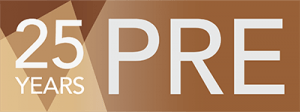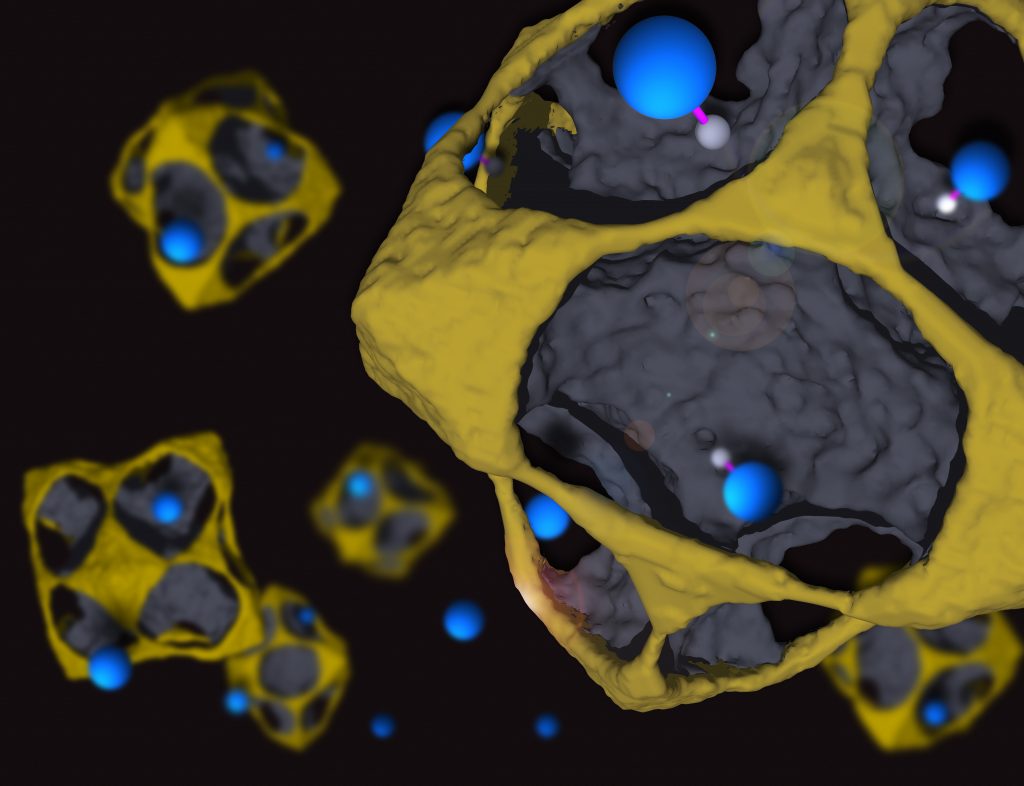We are very excited about two new nanoparticle publications in top-level journals, a review article on self-assembly in Chemical Reviews and an upcoming paper about quasicrystals in Nature Materials:
“Chemical methods developed over the past two decades enable preparation of colloidal nanocrystals with uniform size and shape. These Brownian objects readily order into superlattices. Recently, the range of accessible inorganic cores and tunable surface chemistries dramatically increased, expanding the set of nanocrystal arrangements experimentally attainable. In this review, we discuss efforts to create next-generation materials via bottom-up organization of nanocrystals with preprogrammed functionality and self-assembly instructions. […]”
Self-Assembly of Colloidal Nanocrystals: From Intricate Structures to Functional Materials
M.A. Boles, M. Engel, D.V. Talapin
Chemical Reviews 116, 11220-11289 (2016)
“Expanding the library of self-assembled superstructures provides insight into the behaviour of atomic crystals and supports the development of materials with mesoscale order. Here we build on recent findings of soft matter quasicrystals and report a quasicrystalline binary nanocrystal superlattice that exhibits correlations in the form of partial matching rules reducing tiling disorder. We determine a three-dimensional structure model through electron tomography and direct imaging of surface topography. […]”
Quasicrystalline Nanocrystal Superlattice with Partial Matching Rules
X. Ye, J. Chen, M.E. Irrgang, M. Engel, A. Dong, S.C. Glotzer, C.B. Murray
Nature Materials, in press (2016)

